Author: Matt Del Fiacco
Typically, when brewers utilize grains in their beer they collectively are added to the mash for roughly 60 minutes. This impacts the pH of the mash, the conversion of starches, the extraction of sugar, and other factors. Frequently the use of roasted malts is associated with potential increases in bitter or astringent characteristics in the final beer, and one method that brewers have turned to to reduce these distinctive flavors is steeping the roasted grains prior to boiling.
Some brewers argue that by steeping the roasted grains in the wort prior to the boil, rather than mashing them, there will be less extraction of the tannic and astringent compounds, but there will still be adequate color and flavor extraction.
As someone who frequently brews dark beers, I don’t typically find the “harsh” character to be unpleasant, and found myself wondering if my palate yardstick has been thrown off by years of imperial stouts. Craving a porter on hand, I thought this was the perfect opportunity to re-try this variable and put my theory to the test.
| PURPOSE |
To evaluate the differences between a Porter where the roasted grains were included in the mash and one where the roasted grains were steeped in the wort prior to boiling.
| METHODS |
It’s getting colder here in Illinois, so to test this variable out, I went with my house robust porter recipe.
Take A Nice, Long Soak
Recipe Details
| Batch Size | Boil Time | IBU | SRM | Est. OG | Est. FG | ABV |
|---|---|---|---|---|---|---|
| 5.3 gal | 60 min | 35.7 IBUs | 33.4 SRM | 1.060 | 1.015 | 5.9 % |
| Actuals | 1.06 | 1.012 | 6.3 % | |||
Fermentables
| Name | Amount | % |
|---|---|---|
| Canadian 2-Row (Canada Malting) | 11.375 lbs | 89.22 |
| Black (Patent) Malt | 8 oz | 3.92 |
| Pale Chocolate Malt | 8 oz | 3.92 |
| Crystal, Medium (Simpsons) | 6 oz | 2.94 |
Hops
| Name | Amount | Time | Use | Form | Alpha % |
|---|---|---|---|---|---|
| Magnum | 16 g | 60 min | First Wort | Pellet | 12 |
| Cascade | 30 g | 15 min | Boil | Pellet | 5.5 |
Yeast
| Name | Lab | Attenuation | Temperature |
|---|---|---|---|
| Darkness (A10) | Imperial Yeast | 73% | 62°F - 72°F |
Notes
| Water Profile: Ca 50 | Mg 5 | Na 8 | SO4 36 | Cl 80 |
Download
| Download this recipe's BeerXML file |
I started my brew day by collecting the full volume of water for each batch, adjusting both to my desired profile, then setting the electric controllers to heat them up.
As the water was heating, I weighed out and milled the grain, leaving out all of the roasted grains for one batch.
With the water properly heated, I added the grains, turned the pumps on to recirculate, then checked to make sure both were at my intended mash temperature.
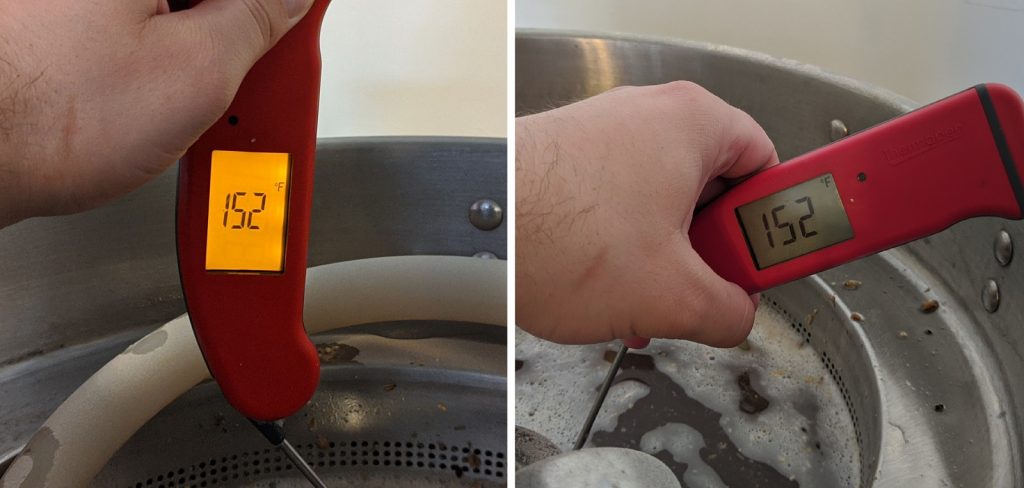
Following each 60 minute mash rest, I removed the grain baskets, and let them drain until I collected the proper pre-boil volume. I then steeped the crushed roasted grains in the wort that was not mashed with roasted grains, holding both batches at the same mash temperature for 20 minutes to keep things as equal as possible.
Following the steeping step, the worts were boiled for 60 minutes then chilled and racked to separate fermentation kegs.
Hydrometer measurements showed both worts were at the same OG.
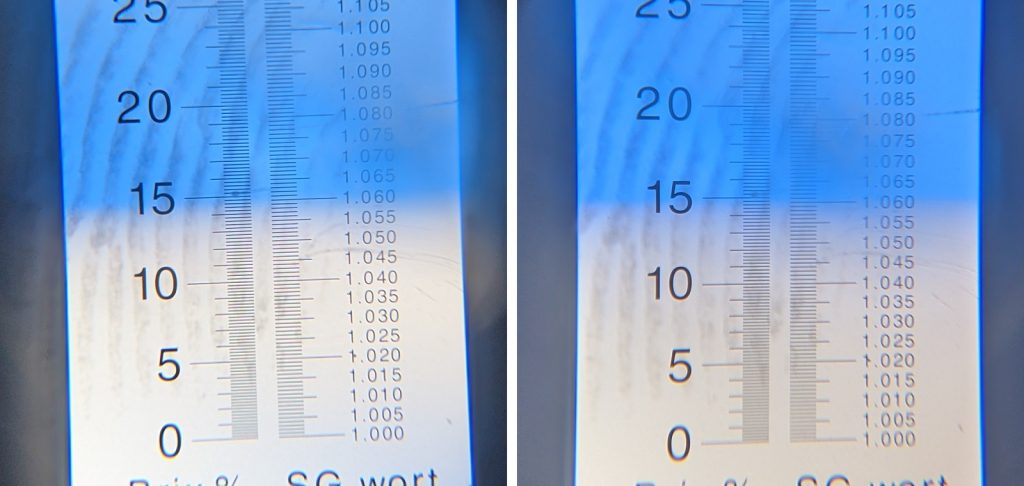
The fermenters were placed in a chamber controlled to my desired 66°F/19°C fermentation temperature and left to finish chilling for a couple hours before I pitched a pouch of Imperial Yeast A10 Darkness into each.
The beers were left to ferment for 2 weeks before I took hydrometer measurements showing both hit the same FG.
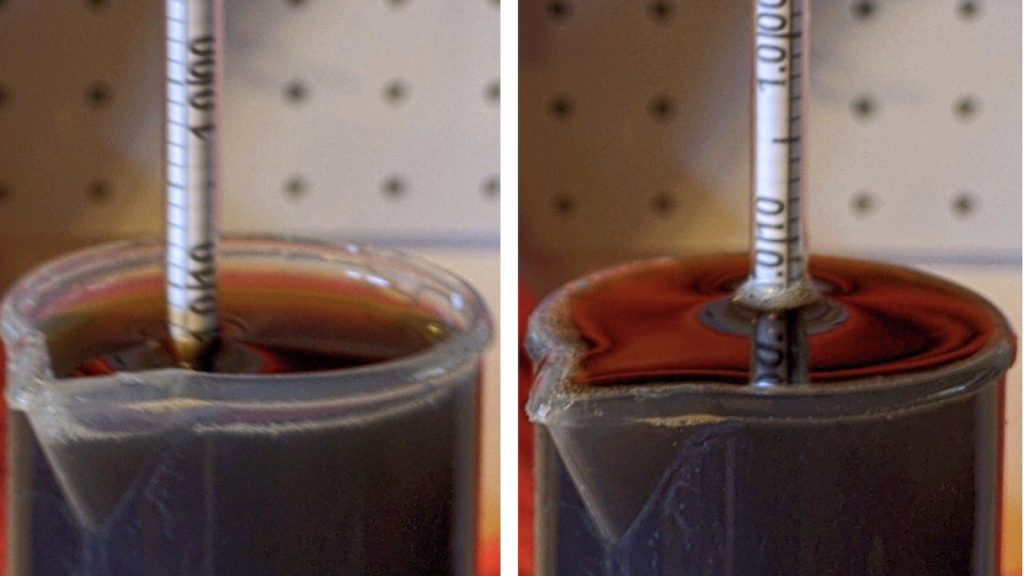
At this point, the beers were pressure transferred to separate sanitized kegs.
The filled kegs were placed on gas in my keezer and left to condition for a couple weeks before they were ready for evaluation.

| RESULTS |
Utilizing 4 opaque cups of the same color where 2 were inconspicuously marked, one set was filled with the beer where the roasted grains were mashed while the other set was filled with the beer where the roasted grains were steeped in the sweet wort. For each triangle test, 3 of the 4 cups were indiscriminately selected, thus randomizing which beer was the unique sample for each trial. Following each attempt, I noted whether I was correct in identifying the unique sample. Out of the 10 semi-blind triangle tests I completed, I needed to identify the unique sample 7 times (p<0.05) in order to reach statistical significance, though I did so just 4 times (0.44), indicating my inability to reliably distinguish a Robust Porter where the roasted grains were mashed from one where they were steeped in the wort after the mash.
These beers were identical to my palate, leaving to guess in all of my triangle test attempts. Both had a pleasant roast character with a balanced hop bitterness that supported the slightly sweet and malty beer. This continues to be one of my favorite house recipes.
| DISCUSSION |
Styles such as Stout and Porter are defined by flavors including coffee and chocolate that come from the relatively heavy use of roasted grains. Given the higher acidity of roasted grains, their inclusion in the mash has the effect of reducing the pH, which some believe can lead to increased tannin extraction as well as undesirable acrid flavors. On technique some brewers use to mitigate this issue involves keeping the roasted grains out of the mash then steeping them in the sweet wort prior to the boil. The fact I was unable to reliably distinguish a Robust Porter where the roasted grains were including in the mash from one where the roasted grains were steeped in the wort suggests any differences caused by the variable were minimal enough to be imperceptible.
Seeing as these results match those of our prior xBmt on steeping roasted grains, it appears this method may not be as beneficial as many seem to believe. While the inclusion of roasted grains in the mash has an easily observable impact on pH, in my experience, rarely is drastic enough to be a cause for concern. Rather, it seems more likely factors such as grain amount and mineral composition of the brewing water may better explain acrid and ashy flavors in dark beers.
In my years of brewing, I’ve focused quite a bit on darker styles and have almost always included the roasted grains in the mash. Pleased with the Porter and Stout I’ve been brewing, I wasn’t convinced steeping would have much of an impact, and these results support my anecdotal feeling. Neither of these beers had a notably acrid or ashy flavor, rather both has a pleasantly smooth roast character. As such, I’ve no plans to integrate steeping roasted grains into my regular brewing routine.
If you have any thoughts about this xBmt, please do not hesitate to share in the comments section below!
Support Brülosophy In Style!
All designs are available in various colors and sizes on Amazon!
Follow Brülosophy on:
FACEBOOK | TWITTER | INSTAGRAM
If you enjoy this stuff and feel compelled to support Brulosophy.com, please check out the Support page for details on how you can very easily do so. Thanks!


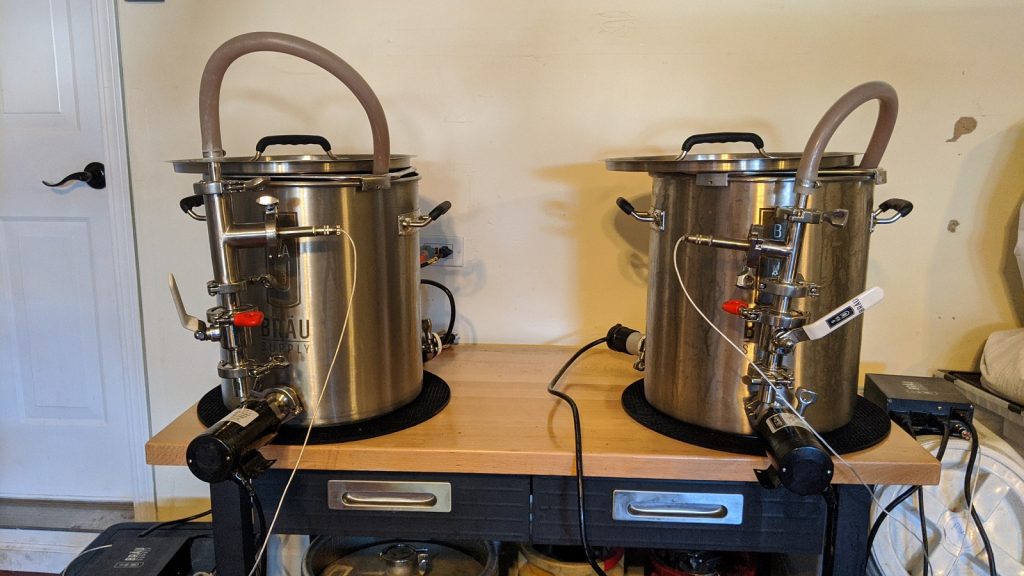
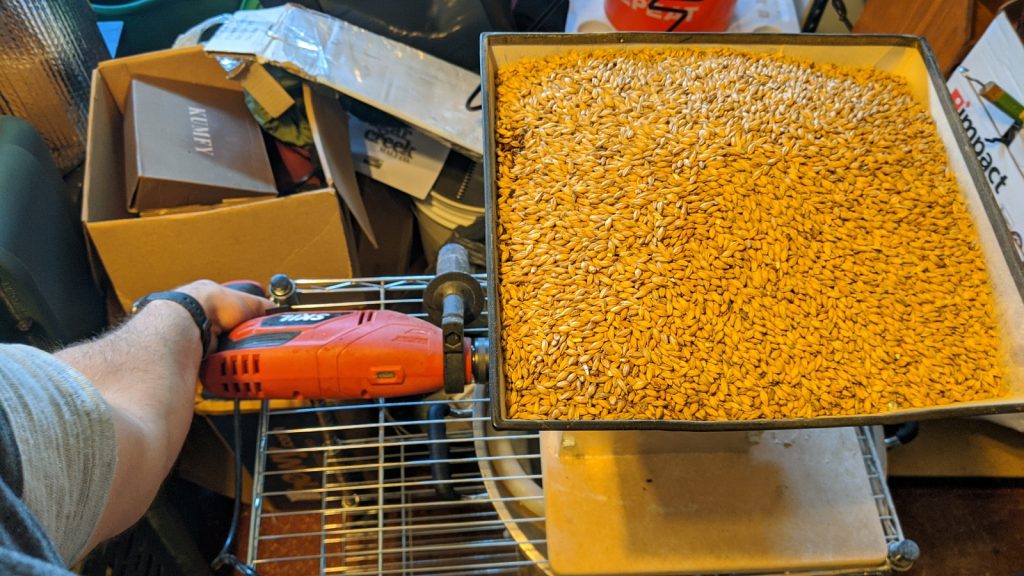

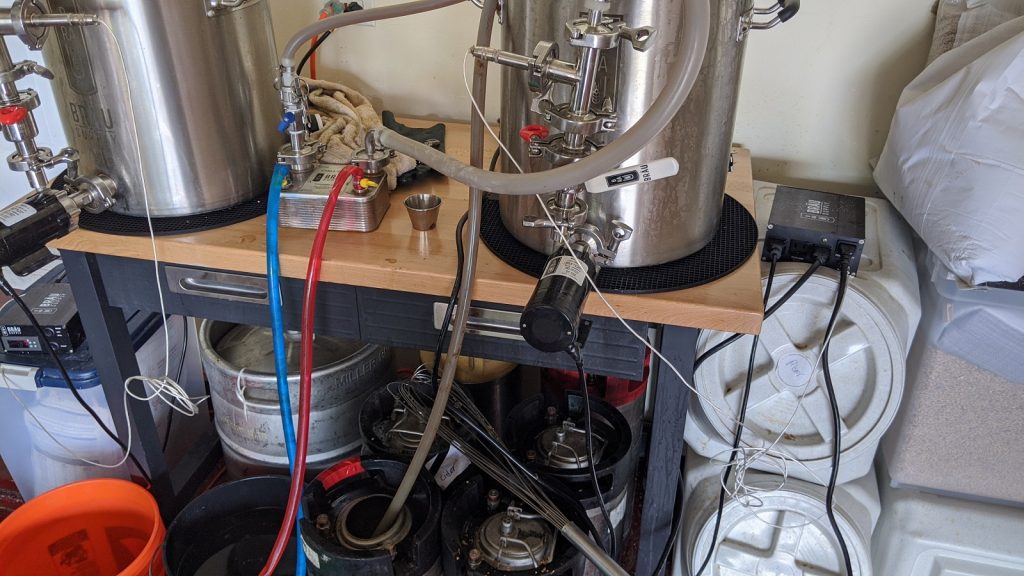

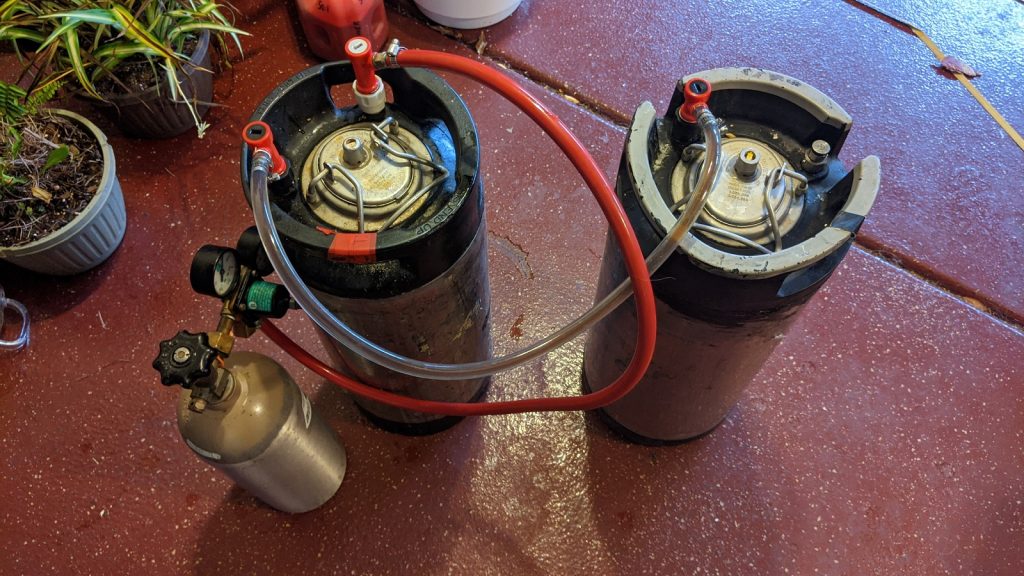











18 thoughts on “exBEERiment | Roasted Grains: Full Mash vs. Steeped In Wort In A Robust Porter”
Conclusion doesn’t seem to match experiment
Agree.
Now corrected.
Yep, look for double dry hopped ipa
Seems to be a copy paste error on the result?
Maybe there was a little too much sampling of the data prior to writing this review… either that or 2020 has gotten so off the rails that roasted malts and hops have become interchangeable! I think I’d believe anything at this point.
Did you use the same water & mineral or acid additions for both batches? Did you happen to take any pH measurements along the way? This has some cool applications to be able to split a batch of pale beer after the mash into 2 boils to get 2 different beers from one brew.
I’ve cold steep over night my dark grains many times. It is a significant difference in my opinion. I think by warm steeping really just doing a shorter mash. Nothing really different, and your results show it. By cold steeping the grains for a long period of time and using that wort in your mash or adding just prior to boil you’re actually doing something different. The dark grains won’t see the same temperature so it will act differently. If you haven’t done a cold steep, I strongly recommend it. It works great on getting smoother dark beers and can create some really interesting lite beers if done with the whole grain bill (lots of grass flavors).
This was my thought, if the steeping was done at mash temp, how is this any different to just mashing the roasted grain? It reads like they just mashed the non-roasted grain, then mashed the roasted grain.
I use this method too and find cold steep with the grains/husks never getting hot makes a difference. I also add the cold wort made from the dark malts to the boil in the last minutes of the boil. The time the roasted wort spends at high temp is 20min with my set up by the time it’s back to 75 degrees. I don’t know for sure that it makes a perceived difference if a side by side comparison was done, but I think it does.
Hi Greg, that’s a very interesting way to make a dark beer, I didn’t know that trick!
Do you have any tips to share with us?!
Like how many liters per kilo, cold step duration, grain absorption, how does it affect the water volumes of the mash and sparge, pH adjustments, …?
Or if you have any good article about this topic, because I would like to test it for my next Stout!
Thanks!
About how much water do you use/pound of dark grains when you cold steep? I’d like to try this with my next batch of dry Irish Stout.
What was the lovibond of the pale chocolate?
I have exceptionally hard water (like at 34*F, you can use it as a hammer), and brewing dark beers was just not doable with it. I learned of cold steeping from Michael Dawson (Chop and Brew), and it works wonderfully. I steep in distilled water, as even cold steeping with my water produced terrible results. I agree with earlier comments that steeping the dark grains in the hot wort is an abbreviated mash, which we all know can work. Cold steeping produces more chocolate and coffee without the incredible ash or acidic taste that I was getting, a more…refined flavor maybe? Anyhow, I drive for a living, your podcasts help keep me sane, thanks for all the hard work and entertainment.
What is that water profile?
It is listed below the hops.
I was meaning, is that an existing Beersmith or Brun Water profile, or perhaps something more custom? I’m looking for a water profile for a smoked robust porter and was wondering about the flavor and body that this one delivers.
I think you should try this in a normal porter where the roasted grain amounts are around a 1/2 pound. You should be able to taste the difference there.